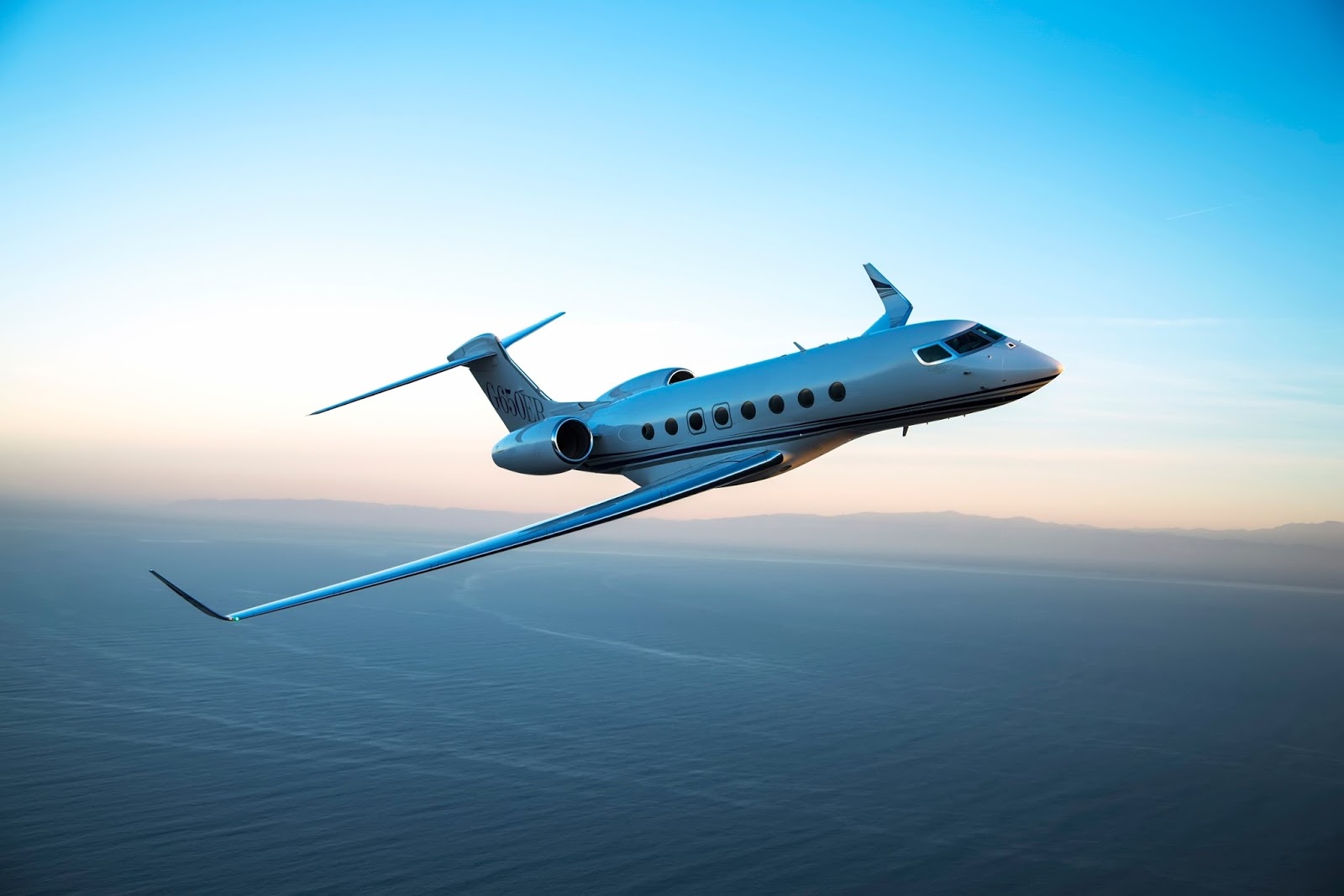Introduction
The aviation business has undergone vital transformations over the previous few many years, with the emergence of private airlines taking part in a pivotal role in reshaping air travel. Private airlines, usually characterized by their flexibility, personalised service, and niche market focus, have increasingly attracted affluent travelers looking for options to conventional commercial airlines. This case research explores the rise of private airlines, their operational models, challenges, and their impression on the broader aviation panorama.
The Emergence of Private Airlines
The concept of private airlines shouldn't be solely new, nevertheless it gained momentum in the late twentieth century as deregulation insurance policies in numerous international locations, particularly within the United States, opened the skies to competition. The deregulation act of 1978 in the U.S. marked a significant turning level, allowing airlines to set their very own routes and fares. This shift led to the emergence of smaller, privately-owned airlines that catered to particular market segments, together with business travelers, vacationers in search of luxurious experiences, and individuals desiring privateness and comfort.
Operational Models
Private airlines operate beneath varied fashions, each tailor-made to satisfy the unique wants of their clientele. The commonest operational models embody:

- Charter Providers: Many private airlines supply charter providers, allowing prospects to e-book whole aircraft for specific journeys. This mannequin is particularly well-liked amongst company purchasers who require flexibility in scheduling and route choice. Charter companies can vary from small jets to bigger aircraft, accommodating different group sizes.
- Fractional Ownership: Companies like NetJets pioneered the fractional possession mannequin, enabling individuals and businesses to buy shares in an aircraft. This model provides the benefits of private jet possession with out the full financial burden, as owners share the costs of upkeep, operation, and administration.
- Membership Applications: Some cheap private jet charter prices airlines provide membership packages that grant access to a fleet of aircraft for a predetermined payment. Members can ebook flights on-demand, offering a stability between cost-effectiveness and comfort.
- On-Demand Companies: The rise of technology has facilitated the growth of on-demand private jet services, the place customers can guide flights by cellular applications. Corporations like Blade and JetSmarter have capitalized on this trend, making cheapest private jet charter companies air travel extra accessible to a broader viewers.
Market Dynamics
The marketplace for private airlines has been influenced by several elements, together with economic situations, technological advancements, and changing consumer preferences. Listed here are some key dynamics shaping the business:

- Financial Progress: As economies grow, particularly in emerging markets, the demand for private air travel has surged. High-web-value people and corporations are increasingly investing in private aviation for enterprise and leisure travel.
- Technological Advancements: Improvements in aircraft design, fuel efficiency, and navigation methods have made private flying extra value-effective and safer. Moreover, the rise of digital platforms has streamlined the booking process, enhancing buyer expertise.
- Changing Consumer Preferences: The fashionable traveler values comfort, time-saving, and personalised experiences. Private airlines cater to those preferences by offering tailored providers, unique entry to airports, and flexible scheduling.
Challenges Faced by Private Airlines
Despite their development and recognition, private airlines face a number of challenges that can impression their operations and profitability:
- Regulatory Compliance: Navigating the complex web of aviation regulations might be daunting for private airlines. Compliance with security standards, environmental laws, and air visitors management can be useful resource-intensive.
- Excessive Operational Costs: Working private aircraft entails important prices, together with maintenance, gasoline, crew salaries, and insurance coverage. Fluctuations in fuel prices can further pressure profitability, especially for charter services that function on thin margins.
- Market Competition: The private aviation market is becoming more and more aggressive, with new entrants and established players vying for market share. Differentiating services and sustaining buyer loyalty is essential for fulfillment.
- Financial Vulnerability: The private airline trade is susceptible to economic downturns. During periods of economic uncertainty, businesses and individuals may cut again on discretionary spending, together with private air travel.
Impression on the Aviation Industry
The rise of premier private jet charter airlines has had a profound impression on the aviation trade as an entire:
- Increased Competitors: The presence of private airlines has spurred competition among traditional carriers, prompting them to enhance their providers and provide premium choices to retain high-value prospects.
- Innovation in Service Delivery: Private airlines have pioneered revolutionary service supply fashions, including personalised customer support, luxurious amenities, and distinctive journey experiences. These improvements are step by step being adopted by business airways to cater to a more discerning clientele.
- Financial Contributions: Private airlines contribute to native economies by creating jobs, supporting tourism, and selling regional growth. Airports that accommodate private jets often see increased visitors and financial activity in surrounding areas.
- Environmental Issues: The private aviation sector is increasingly specializing in sustainability, with many airways investing in additional fuel-efficient aircraft and exploring alternative fuels. This shift displays a broader business pattern towards decreasing carbon footprints and addressing environmental considerations.
Conclusion
The rise of private airlines has transformed the aviation panorama, offering travelers a unique mix of luxury, comfort, and personalized service. While challenges persist, the expansion of this sector reflects altering client preferences and financial dynamics. As private airlines proceed to innovate and adapt, they may play an important position in shaping the way forward for air travel, influencing not solely the aviation business but also the broader travel and tourism sectors. The ongoing evolution of private aviation would require stakeholders to navigate regulatory complexities, handle operational prices, and respond to market competitors while prioritizing sustainability and buyer satisfaction. The future of private airlines seems to be promising, with alternatives for growth and enlargement in an more and more interconnected world.



